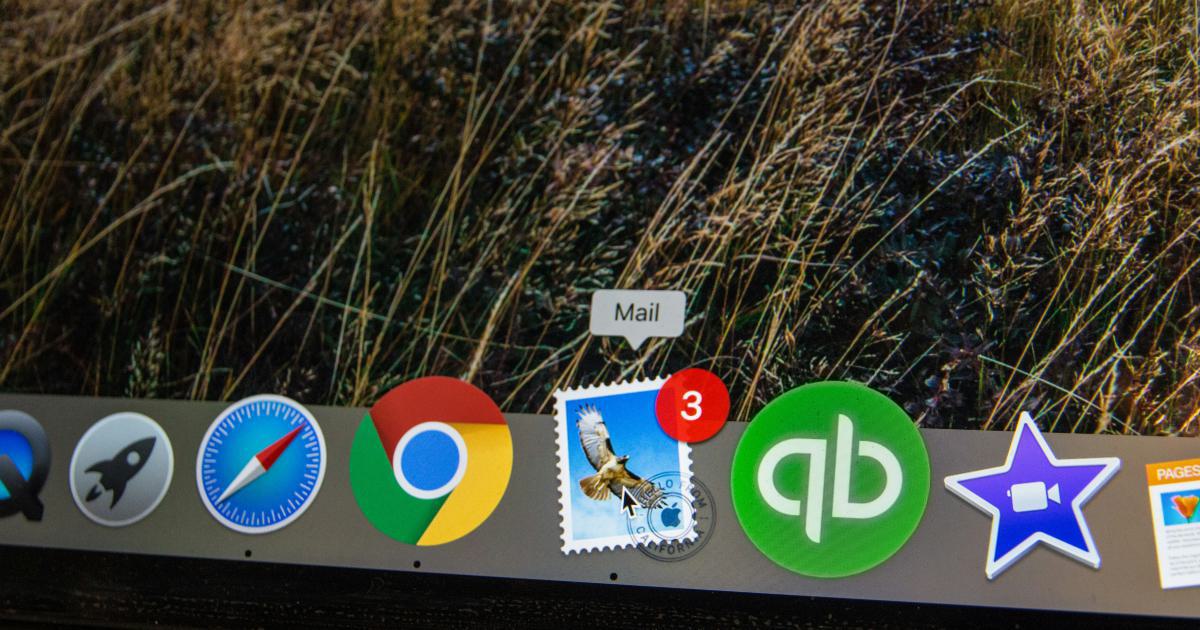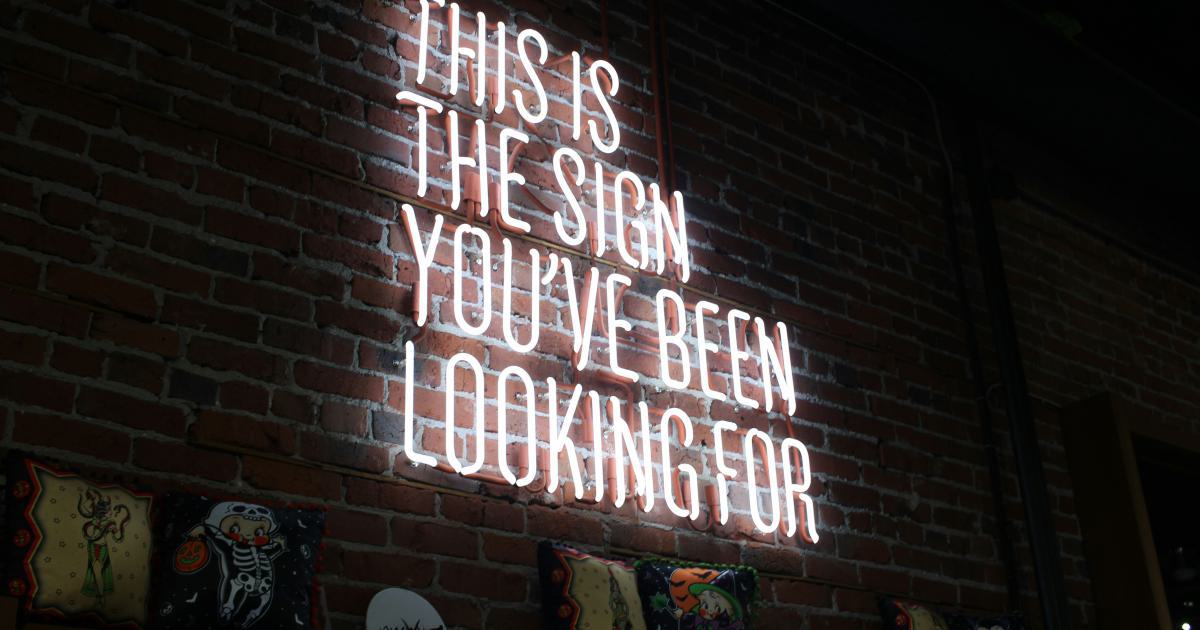10 Highly Effective Strategies for Broken Link Building


Broken link building is a powerful SEO technique that involves identifying and replacing broken links on other websites with links pointing to your own site. By providing valuable and relevant content as a replacement for those dead links, you can increase your site's visibility, drive targeted traffic, and potentially earn high-quality backlinks. This article explores 10 highly effective strategies to help you master broken link building and boost your online presence.
1. Conduct Comprehensive Broken Link Audits

The first step in broken link building is to find broken links on other websites. While this can be a time-consuming process, it's essential to identify promising link opportunities. Start by creating a list of relevant websites in your niche or industry, then use tools like Ahrefs, Screaming Frog, or the Chrome extension Check My Links to scan these sites for broken links.
Prioritize High-Authority Sites
When conducting your broken link audit, prioritize high-authority websites with a solid online reputation and a strong domain authority score. Replacing broken links on these sites can be more valuable and impactful for your SEO efforts.
2. Create Valuable Replacement Content

Once you've identified broken links, the next step is to create high-quality content that can serve as a replacement. Your goal should be to provide valuable information that is relevant to the context of the broken link. This could be a comprehensive guide, a detailed case study, an informative blog post, or any other type of content that addresses the topic effectively.
Ensure Your Content is Better Than the Original
Your replacement content should be more comprehensive, up-to-date, and informative than the original content that the broken link was pointing to. This will make your content more appealing to website owners and increase the chances of them replacing the broken link with your new content.
3. Leverage Advanced Search Techniques

While manual searches can be effective, leveraging advanced search techniques can significantly streamline the process of finding broken links. Use search operators and advanced filters to narrow down your search and identify relevant opportunities more efficiently. For example, you can use the "intext" operator to search for specific phrases or terms commonly found near broken links.
Explore Specialized Broken Link Finder Tools
There are also specialized tools like Broken Link Checker, Broken Link Building Tool, and Ahrefs' Site Explorer that can automate the process of identifying broken links across multiple websites. These tools can save you considerable time and effort, especially when dealing with a large number of websites.
4. Build Relationships with Webmasters and Site Owners

While finding broken links is essential, building relationships with webmasters and site owners is equally important. Start by identifying the key decision-makers or content managers for the websites you're targeting. Then, reach out to them in a personalized and professional manner, introducing yourself and your content.
Offer Value Before Asking for a Link
Instead of immediately requesting a link, focus on providing value first. Share your replacement content, explain how it can benefit their website and audience, and offer to make any necessary adjustments or customizations. This approach can help build trust and increase the likelihood of your content being accepted as a replacement for broken links.
5. Leverage Outreach Tools and Techniques

While manual outreach can be effective, leveraging outreach tools and techniques can significantly streamline the process. Tools like BuzzStream, Pitchbox, and Hunter.io can help you find contact information, manage your outreach campaigns, and track your progress more efficiently.
Personalize Your Outreach Efforts
Personalization is key when it comes to outreach. Take the time to research each website and tailor your pitch to their specific needs and audience. Mention relevant details about their site, highlight how your content aligns with their goals, and address any potential concerns they might have.
6. Monitor and Follow Up on Broken Link Replacements

Once your content has been accepted as a replacement for broken links, it's crucial to monitor the success of your efforts. Set up alerts or use monitoring tools to track any new backlinks you've earned and monitor the traffic and engagement generated by your replacement content.
Follow Up and Nurture Relationships
Don't forget to follow up with webmasters and site owners who have accepted your content. Thank them for their support, share any positive results or feedback, and continue to nurture the relationship. This can open the door for future collaboration opportunities and potentially lead to more backlink opportunities.
7. Optimize Your Broken Link Building Efforts with Data

Broken link building is not a one-size-fits-all approach. To maximize your efforts, it's important to analyze and optimize your strategies based on data and performance metrics. Track key performance indicators (KPIs) such as the success rate of your outreach campaigns, the quality and authority of the backlinks earned, and the traffic and engagement generated by your replacement content.
Continuously Refine Your Approach
Use this data to refine your approach and identify areas for improvement. For example, if you notice that certain types of content or outreach methods are more successful, double down on those strategies. Conversely, if certain tactics are underperforming, consider adjusting or eliminating them from your process.
8. Diversify Your Broken Link Building Strategies

While the core principles of broken link building remain the same, it's important to diversify your strategies to avoid becoming stagnant or predictable. Experiment with different types of content, outreach methods, and targeting techniques to keep your efforts fresh and effective.
Combine Broken Link Building with Other SEO Tactics
Additionally, consider combining broken link building with other SEO tactics for a more well-rounded approach. For example, you could incorporate guest posting, resource page link building, or content marketing campaigns into your overall strategy.
9. Stay Up-to-Date with Industry Trends and Best Practices

SEO is an ever-evolving field, and what works today may not be as effective tomorrow. Stay up-to-date with the latest industry trends, algorithm updates, and best practices to ensure your broken link building efforts remain effective and compliant with search engine guidelines.
Continuously Learn and Adapt
Attend industry events, follow reputable SEO blogs and influencers, and engage with the broader SEO community to stay informed. Be willing to adapt your strategies as needed, and don't be afraid to experiment with new techniques or tools that could potentially improve your results.
10. Focus on Quality Over Quantity

While it's tempting to focus on securing as many broken link replacements as possible, it's crucial to prioritize quality over quantity. A single high-quality backlink from an authoritative and relevant website can be more valuable than dozens of low-quality backlinks from irrelevant or spammy sites.
Build a Strong, Trustworthy Brand
Ultimately, broken link building is about building a strong, trustworthy brand that provides value to your target audience. By consistently creating high-quality content and fostering positive relationships with webmasters and site owners, you can establish yourself as a go-to resource in your industry and enjoy long-term SEO success.